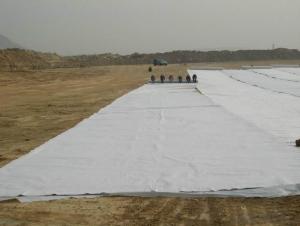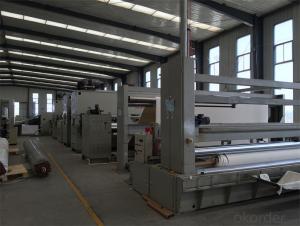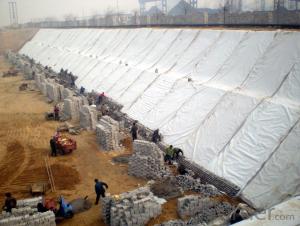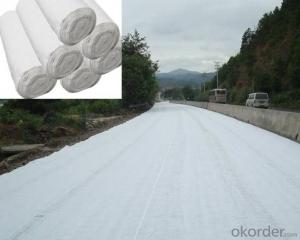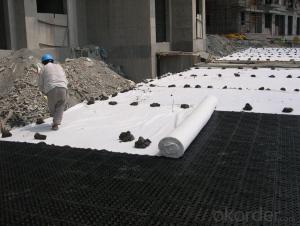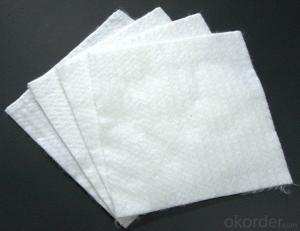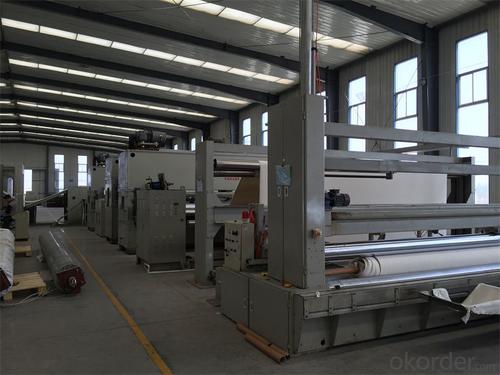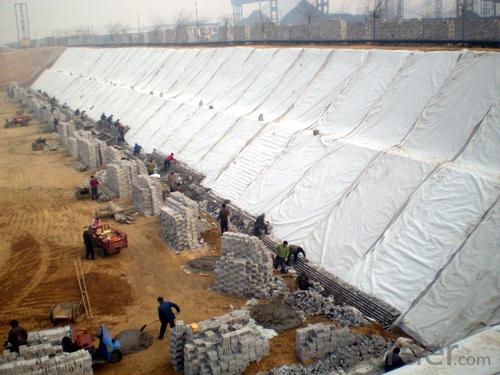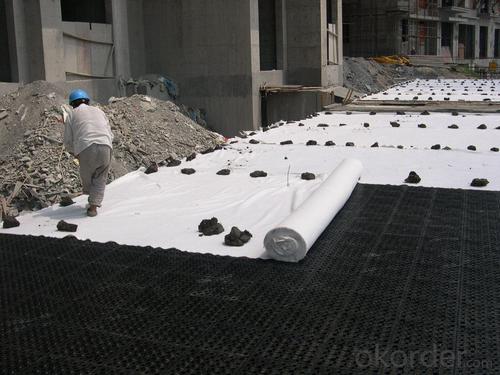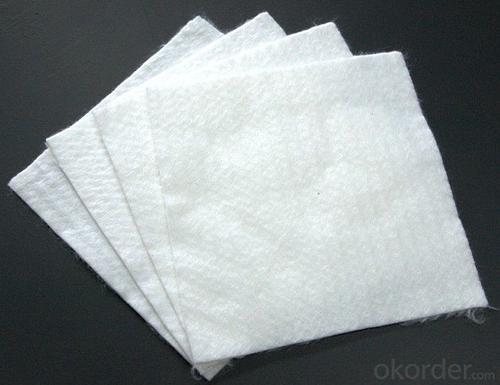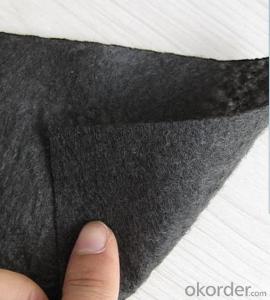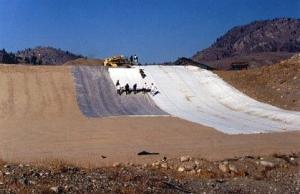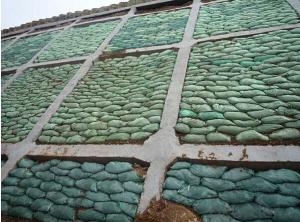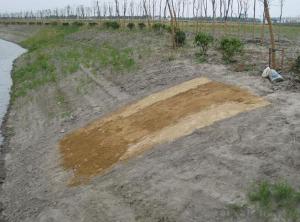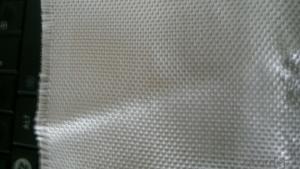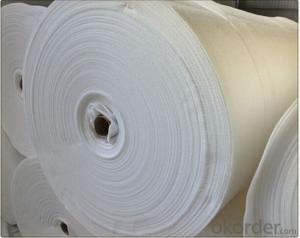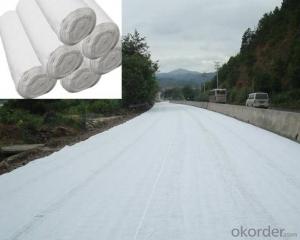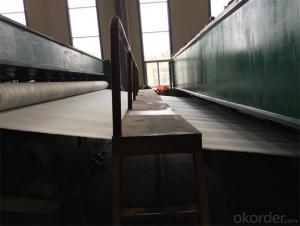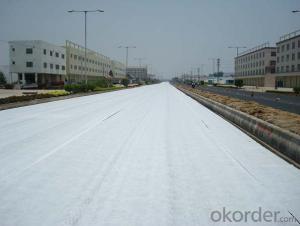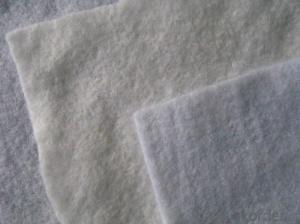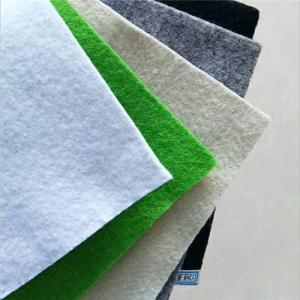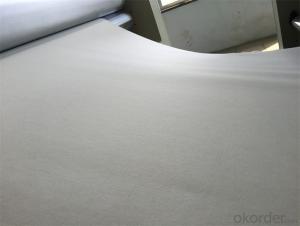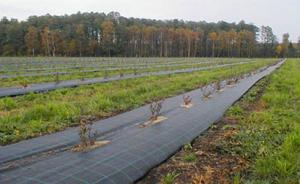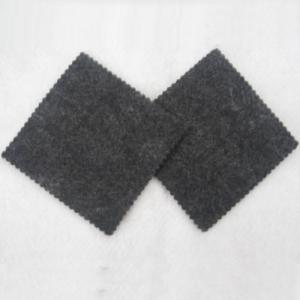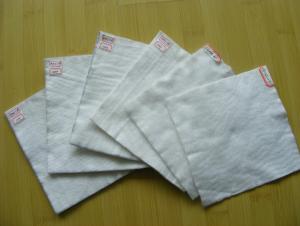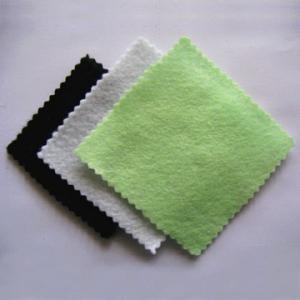Feutre Geotextile PP (Polypropylene) Non Woven with Short Fiber
- Loading Port:
- China main port
- Payment Terms:
- TT OR LC
- Min Order Qty:
- 10000 m²
- Supply Capability:
- 5000000 m²/month
OKorder Service Pledge
OKorder Financial Service
You Might Also Like
Non Woven Geotextile with Short Fiber Needle Punched, Find Details about Non Woven Geotextile with Short Fiber Needle Punched and Make an Inquiry for Geotextile at OKorder.com.
Geotextile Specifications:
Geotextile fabrics
Material:polypropylene fibric
Width:1-9m
Colour:white or black
Use:road ,highway,filter,etc
Weight:100-1500g/m2
Gextextile Description:
--Our geotextile can be made of polypropylene (PP) or polyester (PET) .
-- The weight is available from 100g/m2 to 1500g/m2 and the width from 1m to 8m,
-- Two kinds of processing technical to select: needle punched and thermally bonded, long fiber or short fiber.
-- All kinds of colors are available.
It is widely known as earthwork material and industry fabric, used in the areas of railway, highway, water conservancy, dam, tunnel, subway, environment protection and so on.
-- We can supply different specifications as customers’ request.
Geotextile Specification:
Material: polypropylene (PP) thermally bounded
Weight: 100g/m2-1500g/m2
Width: 1-9m
Length: As customers’ demand (usually is 100m)
Package: PE film and woven cloth
Delivery time: With in 3weeks after received the advance payment
Application of Geotextile:
1. Filtration
The filtration layer of the dykes, river canal, seacoast, concrete slope, retaining walls. At the same time of preventing the clay granule from passing, it allows the water and the gas pass through freely.
2. Separation
The isolation of the railway dregs and the roadbed, roadbed and the soft base, surface of the airdrome and parking lot and the groundsill, different dam materials. It isolates the soil and the gravel of two kinds different granule pathway from the groundsill or other buildings.
3. Reinforcement
The highway, railway, soilstone dam, breakwater, airport, backfill soil of retaining wall, slope protection, etc in which distributes the earth stress, prevents the side-displacement of the earth body and improves the earth body stability.
4. Protection
It prevents the bank from being washed out, protects the bank and the bottom, prevents the water and soil from being washed away.
Technical specification of short fiber needle punched non-woven geotextiles:
According to GB/T17638-1998 Standard
Geotextile Specification
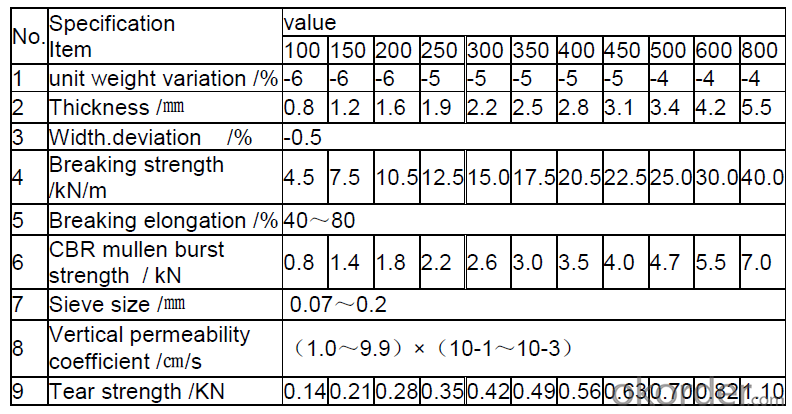 Geotextile Show:
Geotextile Show:
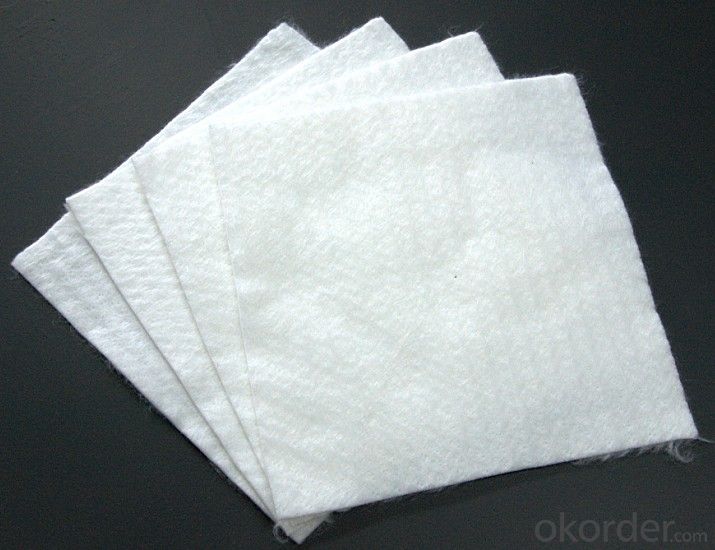
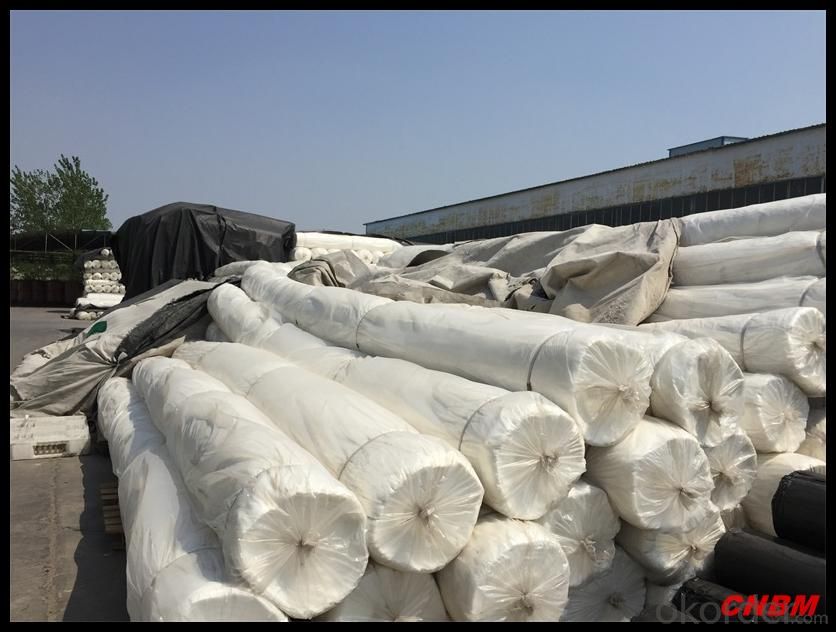
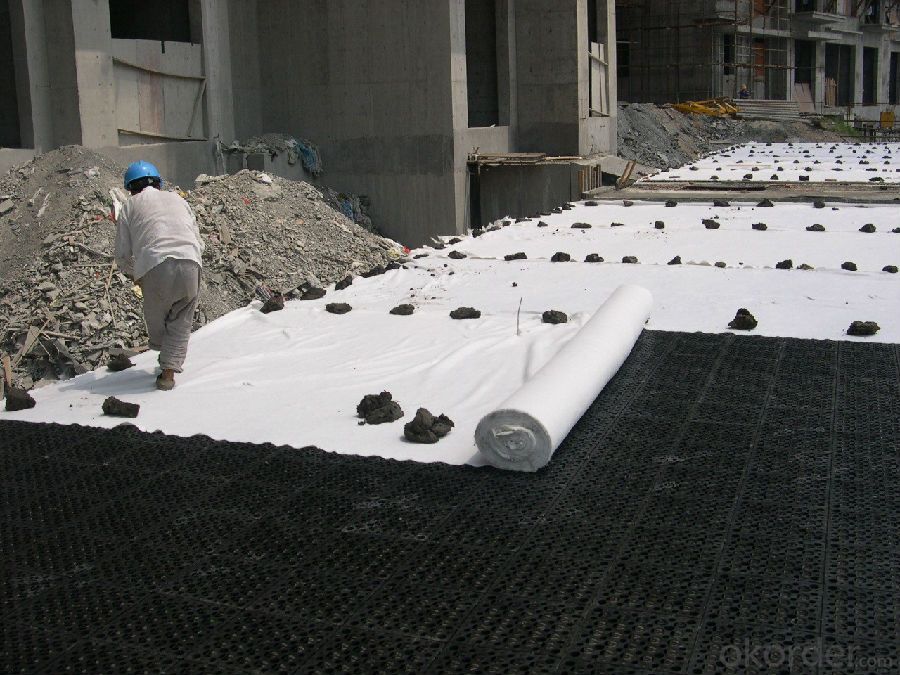
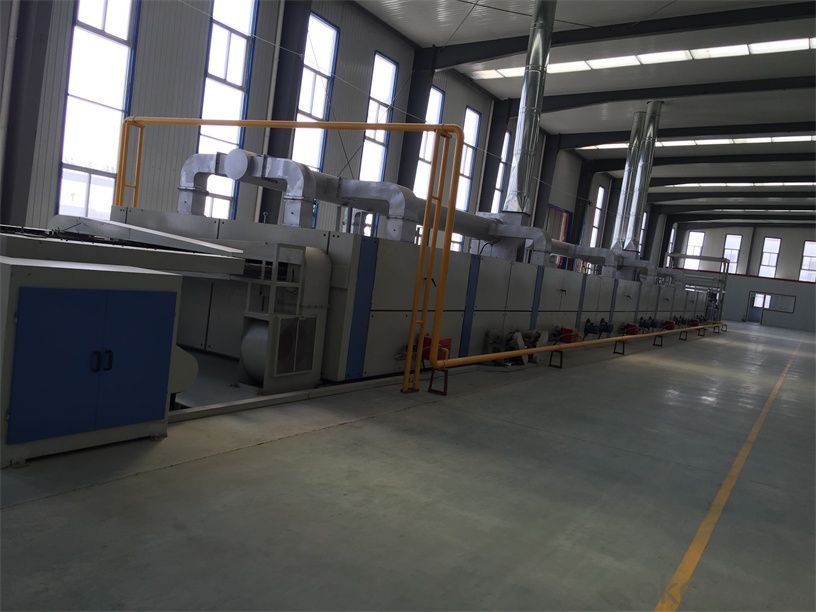
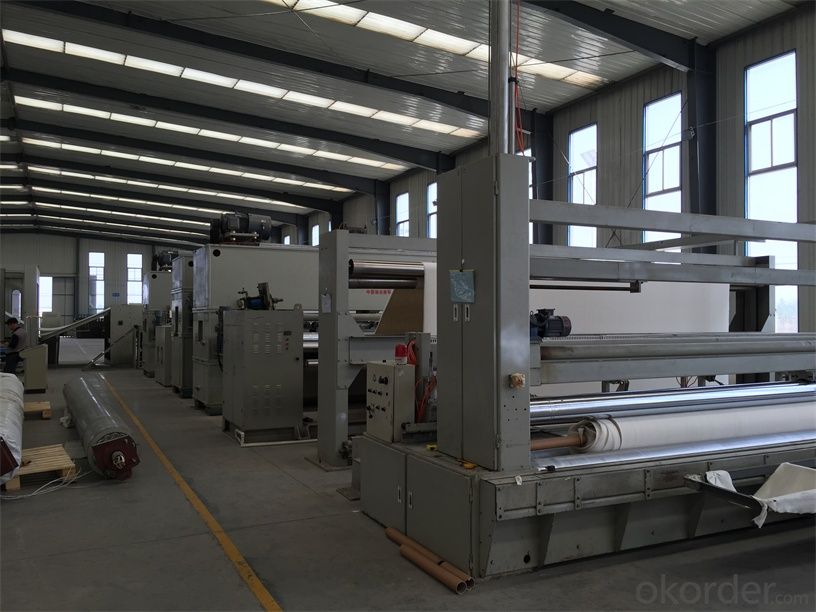
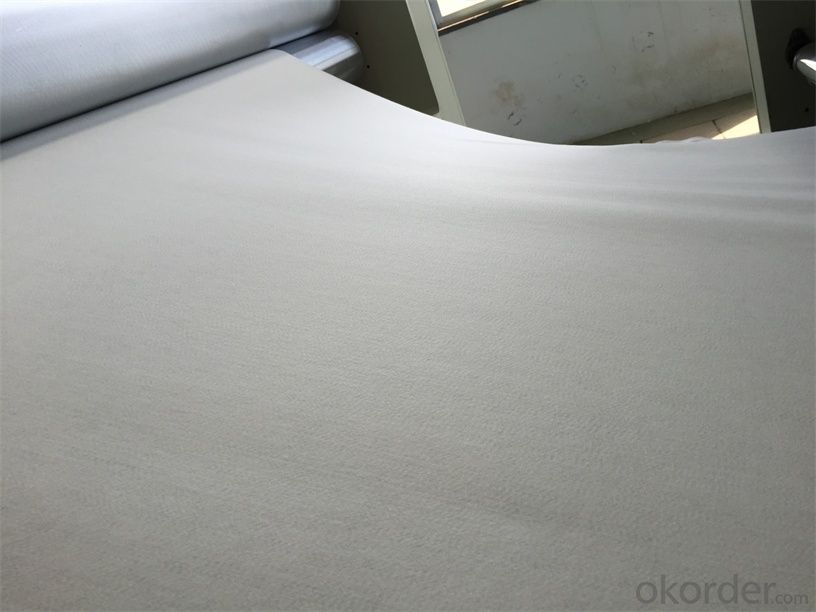
RFQ:
- Q: What can we do for the special customer?
A: Provide custom made service with customer's drawing; We make sure to provide you with the best solutions for your individual case. Whether standard items or non-standard items.
- Q: What can we supply?
A: We provide high levels of communication from start to finish.
- Q: What is our advantage?
A: Top Cemented Carbide has extensive business experience, Fast delivery and high quality.
If you want to find more details about the non-woven geotextile, you could make an Inquiry in okorder.com. Okorder.com provides you the products with best price and quality!
- Q: Are geotextiles suitable for use in drainage ditches?
- Yes, geotextiles are suitable for use in drainage ditches. Geotextiles are often used to enhance the performance of drainage systems by providing filtration, separation, and reinforcement. They can help prevent soil erosion, retain fine particles, and improve water flow, making them an effective solution for drainage ditch applications.
- Q: What are the uses of acupuncture geotextiles?
- Hello! You said there are two, the first is staple acupuncture non-woven geotextile, it is widely used in railways, highways, sports grounds, dam dams, water and soil construction, tunnels, coastal beaches, reclamation, environmental protection projects! The second is filament spunbonded acupuncture non-woven geotextile, which is widely used in the bottom of the landfill site, slope, closure of the reinforcement and protection, water conservancy project dam dam and slope of the filter, channel Isolation, seepage, road, rail, airport runway foundation isolation, filter ~ drainage! Soil slope, retaining wall and road reinforcement ~ drainage, port engineering soft foundation treatment, beach reclamation, port terminals and anti-slope reinforcement ~ drainage! I hope to help you, specializing in the production of geotechnical materials to answer!
- Q: Performance and Application of Impervious Geotextile
- Anti-seepage geotextile has excellent water permeability, filterability, durability, can be widely used in railways, highways, sports museum, dams, hydraulic construction, then hole, coastal beach, reclamation, environmental protection and other projects. Mainly staple acupuncture non-woven geotextile and split film woven geotextile. Anti-seepage geotextile function: 1. The use of geotextiles good permeability and water permeability, so that water through, so as to effectively remove the loss of sand. 2. Geotextile has a good water conductivity, it can form a drainage channel within the soil, the soil structure of the excess liquid and gas efflux. 3. Using geotextile to enhance the soil tensile strength and resistance to deformation, enhance the stability of the building structure to improve the quality of soil. 4. Effective focus will be concentrated diffusion, transmission or decomposition, to prevent soil damage by external forces. 5. to prevent the upper and lower gravel, soil and concrete mixed between. 6. Mesh is not easy to plug - due to the formation of amorphous fibrous tissue structure and strain and mobility. 7. High permeability - under the pressure of soil water, can still maintain a good permeability 8. Corrosion resistance - to polypropylene or polyester and other chemical fiber as raw materials, acid and alkali, no corrosion, no moth, antioxidant. 9. Construction is simple - light weight, easy to use, simple construction. Anti-seepage geotextile characteristics High anti-puncture strength, large coefficient of resistance to aging performance, to adapt to the environmental temperature range Excellent excellent anti-drainage performance for water conservancy, chemical, construction, transportation, subway, tunnel, garbage disposal and other projects
- Q: How do geotextiles contribute to the efficiency of drainage systems?
- Geotextiles contribute to the efficiency of drainage systems by acting as a filter and separator. They prevent fine particles from clogging drainage pipes and channels, allowing water to flow freely. Additionally, geotextiles help in water infiltration and retention, improving overall drainage performance and reducing the risk of soil erosion.
- Q: Will the HDPE geomembrane, non-woven geotextile re-examination to detect what project? Is there a basis for testing? Thank you, hurry! The The
- CBR top breaking strength, vertical permeability coefficient ,,
- Q: How do geotextiles help in preventing soil liquefaction?
- Geotextiles help in preventing soil liquefaction by providing stability and reinforcement to the soil. They act as a barrier and restrict the movement of soil particles, thereby reducing the potential for liquefaction. Additionally, geotextiles enhance the drainage capacity of the soil, allowing water to flow through and preventing the buildup of excess pore pressure, which is a major factor leading to liquefaction.
- Q: Can geotextiles be used in underground storage tank installations?
- Yes, geotextiles can be used in underground storage tank installations. Geotextiles are commonly used as a protective barrier between the tank and the surrounding soil, providing filtration and separation functions. They can help prevent soil erosion, control groundwater flow, and provide additional stability to the tank system.
- Q: How do geotextiles help in reducing the risk of soil liquefaction?
- Geotextiles help in reducing the risk of soil liquefaction by providing reinforcement and stabilizing the soil. They act as a barrier to prevent the movement of water within the soil, reducing the buildup of excess pore water pressure. This pressure is a major factor contributing to soil liquefaction during earthquakes. By promoting drainage and improving soil strength, geotextiles help to mitigate the potential for liquefaction and increase the overall stability of the soil.
- Q: How do geotextiles aid in the protection of geomembranes?
- Geotextiles aid in the protection of geomembranes by acting as a barrier between the geomembrane and the surrounding soil or aggregate. They provide cushioning and support, preventing direct contact and potential damage to the geomembrane from sharp objects or uneven surfaces. Additionally, geotextiles can assist in preventing soil erosion and the migration of fine particles, enhancing the overall stability and longevity of the geomembrane installation.
- Q: How do geotextiles aid in the reduction of lateral spreading?
- Geotextiles aid in the reduction of lateral spreading by providing reinforcement and stability to soil structures. These textiles are designed to have high tensile strength and are placed horizontally within the soil to act as a barrier against the lateral movement of soil particles. This helps to distribute stress and prevent the soil from shifting laterally, thereby reducing the potential for slope failure or landslides.
Send your message to us
Feutre Geotextile PP (Polypropylene) Non Woven with Short Fiber
- Loading Port:
- China main port
- Payment Terms:
- TT OR LC
- Min Order Qty:
- 10000 m²
- Supply Capability:
- 5000000 m²/month
OKorder Service Pledge
OKorder Financial Service
Similar products
Hot products
Hot Searches
Related keywords
